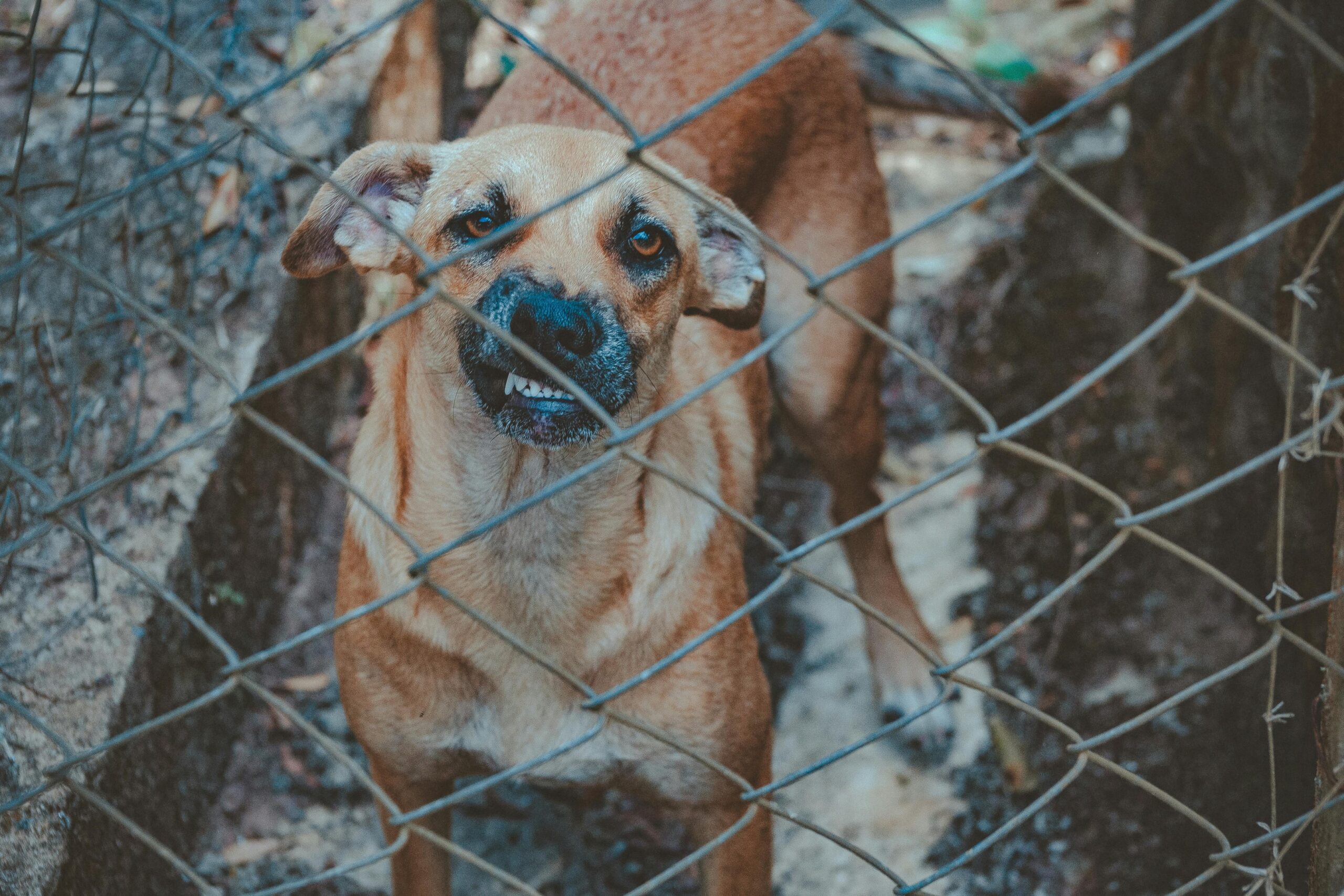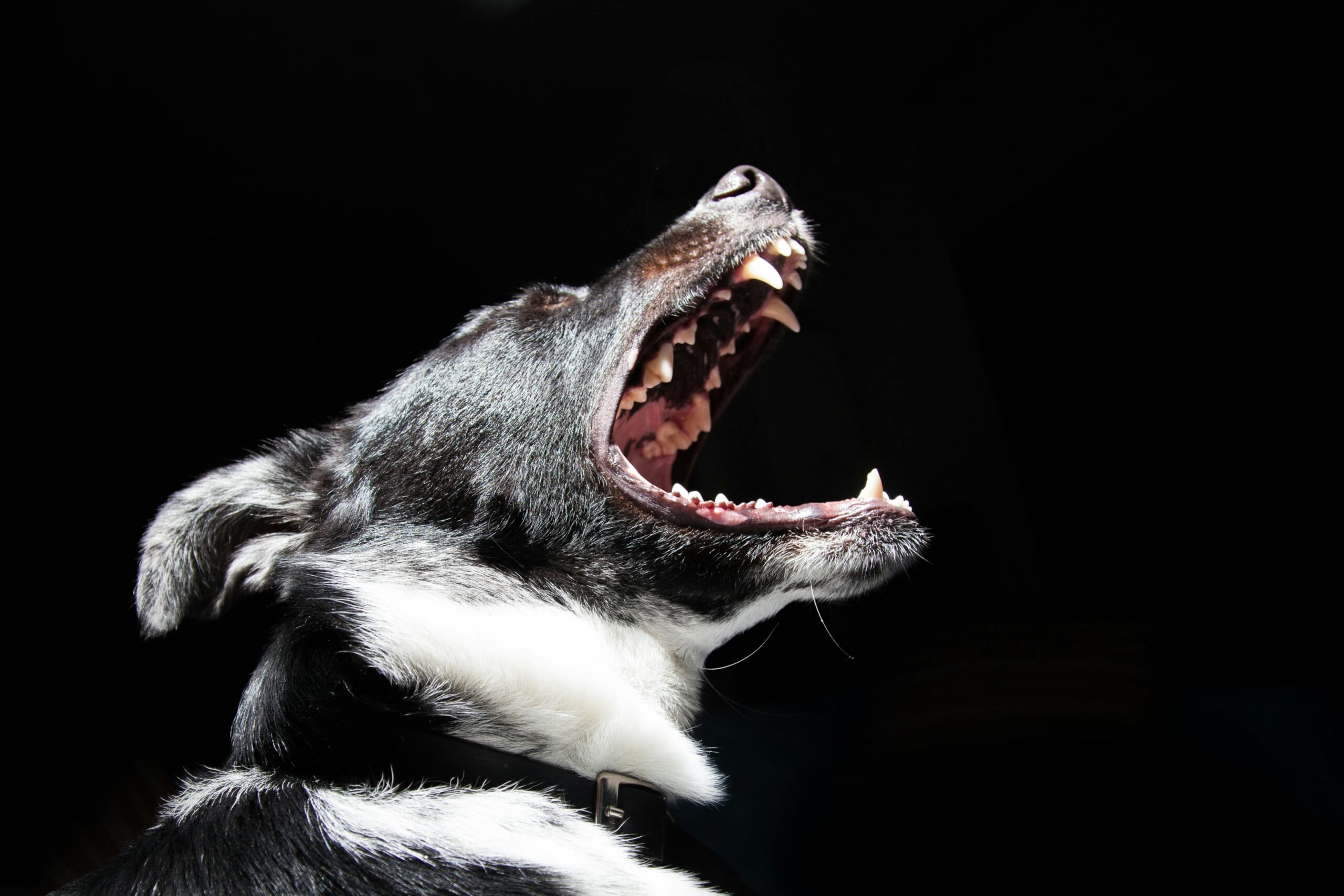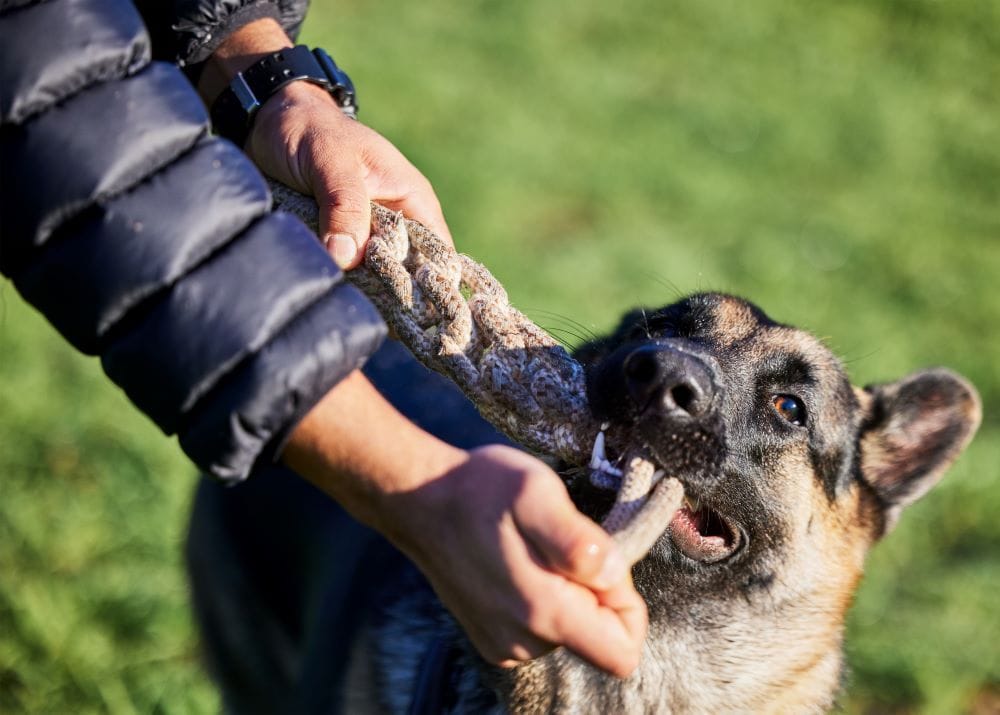
Dog bites can cause serious injuries that impact victims physically, emotionally, and financially. If you or a loved one has suffered from a dog bite, understanding the potential settlement amount, filing process, and relevant cases can be crucial in pursuing justice.
In this article, we’ll answer the question, what is the average dog bite settlement amount, review steps to file a claim, and highlight real-life cases where victims were compensated.
Understanding the Average Dog Bite Settlement Amount
The average dog bite settlement in the U.S. varies significantly based on the severity of injuries, location, and insurance coverage. Typical settlements often range between $30,000 to $50,000, but in cases of severe injuries, dog bite settlements can exceed $100,000. Factors influencing settlement amounts include:
Severity of Injuries: More severe injuries, including permanent scarring, nerve damage, or disfigurement, result in higher settlement amounts.
Medical Expenses and Rehabilitation Costs: Claims cover costs such as emergency treatment, surgeries, physical therapy, and mental health support for trauma caused by the attack.
Lost Wages: Victims may be compensated for lost income due to missed work and potential future earnings if the injuries affect their ability to work.
Pain and Suffering: Courts recognize the emotional and psychological toll, awarding higher amounts for distress caused by the attack.
The Insurance Information Institute reports that dog bite claims cost insurers over $880 million in 2021 alone, with the average dog bite claim valued at around $49,000. However, more severe or complex cases can push this amount significantly higher, especially if legal representation is involved.
Steps to File a Dog Bite Claim
Seek Immediate Medical Attention: First, ensure any injuries are treated promptly. Medical records will play a key role in documenting the severity of your injuries for a successful dog bite injury claim.
Report the Incident: Report the dog bite to local authorities, such as animal control or the police, to document the attack and create an official record of the incident.
Gather Evidence: Collect as much information as possible, including photos of the injuries, witness statements, and the dog owner’s contact details. Any documentation can strengthen your dog bite case.
File a Claim with the Dog Owner’s Insurer: Most dog bite settlements come from the dog owner’s insurer, typically covered under homeowners’ or renters’ insurance policies. Notify the insurer about the incident to start the claim process.
Consult Personal Injury Attorneys: Personal injury attorneys specializing in dog bite cases can guide you through the legal process, negotiate with the insurance company, and advocate for fair compensation on your behalf.
Negotiate or File a Lawsuit: If the insurer’s settlement offer is inadequate, your attorney may suggest filing a personal injury lawsuit to pursue a fair dog bite settlement.
State-Specific Dog Bite Laws in Nevada
When it comes to dog bite liability, Nevada follows a unique approach that can differ from the “strict liability” statutes found in other states. Here’s a closer look at Nevada’s approach and how it compares to the broader landscape of state dog bite laws. Understanding these differences is crucial, especially if you or a loved one has been injured by a dog in Nevada.
Nevada’s One-Bite Rule
In Nevada, dog bite cases are generally governed by a “one-bite rule.” Under this rule, dog owners may not automatically be held liable for a dog bite incident if the dog has not previously shown aggression or bitten someone before. This approach means that an owner could potentially avoid liability for a first-time bite, especially if there is no evidence to suggest that they were aware of any previous aggressive behavior. Essentially, Nevada courts require evidence that the owner knew or should have known of the dog’s dangerous propensities for liability to attach. This requirement of prior knowledge can make it more challenging for a victim to hold the owner responsible, particularly in cases involving a first-time bite.
Exceptions to the One-Bite Rule in Nevada
While Nevada is generally considered a “one-bite rule” state, there are specific situations where a dog owner could still be held liable regardless of the dog’s history. Some key exceptions include:
Negligence by the Dog Owner: If an owner fails to take reasonable steps to control their dog in situations where injury could be anticipated, they may be held liable for negligence. For instance, allowing a dog to roam freely in a public area could constitute negligence if the dog bites someone.
Violation of Local Ordinances: If a dog owner violates local animal control laws, such as leash laws, and their violation leads to an injury, they may still be liable under negligence per se. This principle can hold them responsible if they broke a law designed to prevent the exact kind of harm that occurred.
Comparison to Strict Liability States
In strict liability states, dog owners are typically held responsible for any injury caused by their dog, regardless of the animal’s past behavior or the owner’s knowledge of aggressive tendencies. States like California follow strict liability rules, which means that the owner is liable even for a first-time bite. Nevada’s one-bite rule differs significantly from this approach, as it requires proof of prior knowledge or negligent actions by the owner.
Hybrid State Approaches
Some states use a combination of strict liability and negligence-based approaches to determine dog bite liability. Known as hybrid states, these states may apply strict liability under certain conditions while also allowing for negligence-based claims in specific circumstances. While Nevada does not explicitly follow a hybrid approach, its reliance on the owner’s knowledge and negligence allows for a somewhat mixed model of liability, depending on the facts of each case.
Why Nevada’s One-Bite Rule Matters for Victims
For dog bite victims in Nevada, the one-bite rule can present additional hurdles in obtaining compensation. Unlike strict liability states, where fault is more straightforward, Nevada’s approach may require detailed evidence of the dog’s past behavior or the owner’s negligence. Working with an experienced dog bite attorney can be essential in such cases, as they can help gather evidence and build a strong case to establish the owner’s liability, even in the absence of prior incidents. This approach is particularly important when navigating Nevada’s specific legal framework around dog bite injuries.
In summary, Nevada’s one-bite rule and exceptions make it a distinct state in terms of dog bite liability. Victims should be aware of these nuances and consider legal assistance to help navigate the complexities of dog bite claims in Nevada.
Real-Life Dog Bite Settlement Examples
Several notable cases exemplify how dog bite victims have been compensated:
Kowalske v. Johns: In this case, a young child suffered severe facial injuries requiring reconstructive surgery after a dog attack. The court awarded the family a $100,000 settlement, considering the long-term medical expenses, emotional trauma, and the child’s future disfigurement.
Marquez v. Lopez: In California, a mail carrier received a $60,000 settlement after suffering severe injuries when a dog escaped from the owner’s property. The settlement covered medical costs, lost wages, and compensation for pain and suffering.
Washington v. Taylor: A woman bitten by a dog while jogging in her neighborhood received $50,000 from the dog owner’s insurer. This amount was deemed fair, considering her injuries and emotional distress. The case highlighted the importance of ensuring that dog owners secure their pets appropriately.
These cases underscore how settlements vary widely based on the circumstances and severity of the injury. While some average dog bite cases may settle for lower amounts, those with significant medical expenses or long-term impacts can yield higher settlements.
Types of Damages Available in Dog Bite Cases
If you’ve been a victim of a dog bite, it’s essential to understand the types of damages you may be entitled to claim. Dog bite cases can result in serious injuries, and the compensation awarded to victims often covers both the financial and emotional impact of the incident. Below, we break down the main types of damages victims can pursue in dog bite cases, along with real-life examples to help illustrate what you might expect.
1. Economic Damages
Economic damages are intended to compensate victims for the financial losses they incur as a result of the dog bite. These damages can be straightforward to quantify, as they are based on actual expenses or loss of income. Some examples of economic damages in dog bite cases include:
Medical Expenses: These include immediate medical bills for treatments like hospital stays, surgeries, and doctor’s visits. They also cover future medical care if the injuries require long-term rehabilitation or additional procedures.
Example: A woman in Texas was awarded $200,000 in a dog bite case for medical bills after she required reconstructive surgery following a severe dog attack. The expenses included both immediate treatment and long-term follow-up care.
Lost Wages: If the dog bite forces you to take time off work due to recovery or ongoing medical treatments, you can claim compensation for your lost earnings.
Example: In a case where a man in California was attacked by a neighbor’s dog, he was awarded $50,000 in lost wages after the dog bite left him unable to work for several months.
Future Medical Care: If your injuries will require ongoing treatment, such as physical therapy or additional surgeries, you can claim damages for these future costs.
Example: A young girl in Nevada was awarded $75,000 in future medical costs after a dog bite left her with permanent scars and required long-term psychological counseling and skin grafts.
2. Non-Economic Damages
Non-economic damages compensate for the emotional and psychological effects of a dog bite. These damages are more subjective and are not based on specific monetary losses but rather on the pain and suffering the victim experiences. Examples of non-economic damages include:
Pain and Suffering: This covers both the physical pain from the injury itself and the emotional distress caused by the traumatic event. It can also include the anxiety or depression a victim may experience after the attack.
Example: A woman in Florida received $150,000 in pain and suffering damages after being attacked by a dog, resulting in not only physical pain but also anxiety and PTSD from the traumatic event.
Emotional Trauma: Dog bite victims may suffer significant emotional harm, especially if the bite was severe or if the victim was a child. Emotional trauma can include a
fear of dogs or lasting psychological effects like post-traumatic stress disorder (PTSD).Example: A child in New York was awarded $100,000 in emotional distress damages after a dog attack that left them with alasting fear of dogs and nightmares.
Disfigurement: If a dog bite causes permanent scars, disfigurement, or amputations, victims can seek compensation for the lasting impact on their appearance and quality of life.
Example: A man in Colorado who was disfigured after a dog attack received a $500,000 settlement for the emotional and social effects of his facial scarring.
3. Punitive Damages
Punitive damages are awarded in dog bite cases when the dog owner’s behavior was particularly egregious or reckless. These damages are intended to punish the defendant and deter others from similar behavior. While punitive damages are not awarded in every dog bite case, they may be granted when the owner’s actions go beyond negligence. This could include situations where the dog owner knew the dog was aggressive and failed to take reasonable steps to prevent harm.
Reckless Behavior: If the dog owner deliberately allowed their dog to roam without a leash or was aware that the dog had a history of aggressive behavior and did nothing to prevent the attack, punitive damages might be awarded.
Example: A high-profile case in Las Vegas resulted in punitive damages being awarded to a dog bite victim after the dog owner, who had previous knowledge of the dog’s aggressive tendencies, failed to secure the animal. The victim received an additional $300,000 in punitive damages on top of their medical expenses and pain and suffering.
Failure to Follow Local Laws: If the dog owner violated local leash laws or animal control regulations, and this directly contributed to the bite, they may be subject to punitive damages.Example: In a case in San Diego, a dog owner was found liable for punitive damages after their pit bull attacked a neighbor’s child. The owner had failed to comply with local leash laws, and the court awarded the victim $250,000 in punitive damages.
4. Wrongful Death Damages (if applicable)
In cases where a dog bite results in a fatality, the victim’s family may pursue a wrongful death lawsuit. These damages are intended to compensate the family for the loss of their loved one and the emotional suffering caused by the death. They can also include financial compensation for funeral expenses, loss of companionship, and loss of financial support.
Example: In 2017, a family in Arizona was awarded $1.5 million after a fatal dog attack led to the death of a young child. The family received compensation for medical expenses, funeral costs, emotional suffering, and the loss of financial support.
How Settlement Amounts Are Calculated in Dog Bite Cases
When calculating a settlement for a dog bite case, several factors are considered. These factors help determine how much compensation the victim may receive. Here’s a simple breakdown:
1. Severity and Location of Injury
Facial Injuries: Bites to the face often result in higher settlements due to scarring, disfigurement, and emotional impact. These areas are visible and affect a person’s appearance and self-esteem.
Example: A woman with facial scars from a dog bite received $500,000 to cover medical costs and emotional suffering.
Hand and Finger Injuries: Injuries to the hands or fingers may lead to higher settlements since they impact a victim’s ability to work and carry out daily tasks.
Example: A man who lost hand function from a dog bite was awarded $300,000.
2. Impact on Quality of Life
Disfigurement: Permanent scarring, especially on visible parts of the body, can result in long-term emotional trauma. This often increases the settlement value.
Example: A child with severe facial disfigurement from a dog attack in New York received a $400,000 settlement.
Emotional Trauma: Anxiety, PTSD, or a fear of dogs after the attack can significantly affect a victim’s life and is considered when calculating the settlement.
Example: A Florida victim who developed PTSD from a dog attack was compensated with $250,000.
3. Degree of Negligence by the Dog Owner
Failure to Control Aggressive Dogs: If a dog owner is found negligent, such as failing to restrain an aggressive dog, it can lead to higher compensation. This is because the dog owner’s actions (or lack thereof) are a key factor in the attack.
Example: In Texas, a dog owner who failed to control a pit bull that had a history of aggression paid $750,000 in damages.
Violation of Laws: If the dog owner violated local laws, like leash regulations, it can increase the victim’s compensation.
Example: A victim in Nevada who was attacked by an unrestrained dog in a public park was awarded $150,000 after the owner violated leash laws.
4. Insurance Coverage
Available Insurance: If the dog owner has homeowners’ insurance, the settlement is usually higher since the insurer covers the compensation.
Example: A victim in Arizona received $200,000 from the dog owner’s insurance after a serious dog bite injury.
Lack of Insurance: If the dog owner does not have insurance, the victim may need to file a lawsuit against the owner, which could result in a lower settlement depending on the owner’s assets.
Example: A Utah victim pursued a lawsuit and received $100,000 after a dog owner had no insurance coverage.
FAQs about Dog Bite Settlements
What is the average dog bite settlement amount?
The average dog bite settlement amount varies but is generally around $30,000 to $50,000, depending on the severity of injuries, medical expenses, and lost wages.
Can dog owners be liable for emotional distress?
Yes, dog owners can be held liable for both physical injuries and emotional distress, particularly if the attack was traumatic or left lasting psychological impacts.
How long does it take to receive a dog bite settlement?
The timeframe for dog bite settlements depends on the complexity of the case and the willingness of insurance companies to settle. Cases with severe injuries often take longer due to the need for a thorough evaluation of long-term damages.
Conclusion
Dog bites can have life-altering impacts, making compensation essential for covering medical bills, lost wages, and ongoing trauma.
If you’ve been the victim of a dog bite, don’t wait—get the justice you deserve. Contact Bourassa Law Group today for your free consultation, and let our experienced team help you navigate your case. We’re here to answer your questions and provide the legal support you need. Reach out now to get started!





